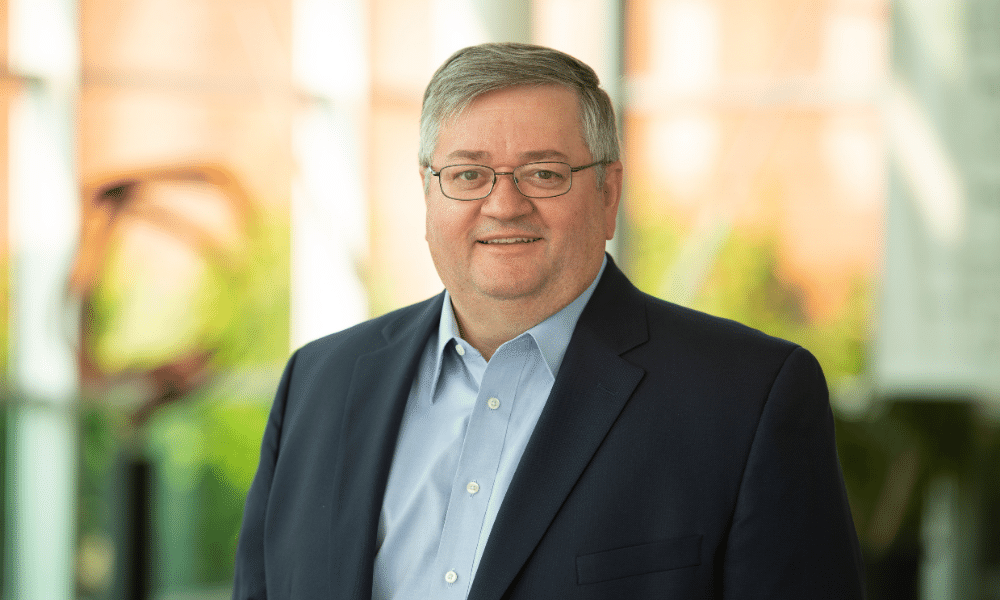
(Photo: Iowa Soybean Association)
Executive Insights: Creating a legacy
May 4, 2021 | Kirk Leeds
If there were awards given for most-used phrases, “regenerative ag” would be a top nominee. The topic is trending as the Administration and “new” USDA Secretary Tom Vilsack intertwine climate and agriculture in numerous and significant policy proposals.
I’ve seen it defined in many ways. Permit me to add one more. Regenerative ag is the combining of biological systems with the use of innovative tools and resources to improve agricultural production and sustainability.
Or, put another way, it’s about protecting the health of our soil so it can continue to produce.
The Iowa Soybean Association (ISA) has been driven to deliver improved soil health and more sustainable ag production long before these topics were considered “cool.” Over several decades, Team ISA has explored and evaluated many tools and technologies to better understand the interconnectivity between production practices and soil and water health.
We’re deeply invested in this work and, most importantly, generating results. ISA is home base for nearly two dozen professionals devoted to agronomic and conservation research and the analytics to make sense of it all. You’ll also find a certified water testing lab in our facility. To my knowledge, no other commodity organization in the country can say the same.
Just as unique is our approach to research. About a year ago, the team combined its agronomic, conservation and analytics work into the Research Center for Farming Innovation. In doing so, I’ve gained a deeper appreciation and understanding of the unique value proposition ISA can now provide for farmers who want to go deeper in exploring practices that regenerate soil health.
It’s little wonder, therefore, that ISA is able to engage on the topic so effectively with policymakers, regulators, seed and trait companies, and other ag organizations.
Our focus on research holds tremendous value for soybean farmers. You’re all about data and rightfully so. The bottom line matters. Information gleaned from years of analyzing in-field and edge-of-field trials can get farmers from Point A to B more quickly. Time is money, as is avoiding practices that don’t work or underperform.
One additional point about regenerative ag. The farm community has long struggled to find enough resources to fund the number of conservation practices farmers want to implement. That must change. ISA has been aggressive and entrepreneurial to aggregate resources so we can walk beside more farmers on this journey to better water and soil. An example of this commitment is creation of the Soil & Water Outcomes Fund. I encourage you to learn more at www.theoutcomesfund.com.
We live in a “now” world. Patience is in short supply, whether doing something as simple as connecting to the Internet or complicated as making measurable and long-term water quality improvement. Only by combining better production methods with in-field and edge-of-field conservation practices and then making it work financially will we quicken the pace of innovation and results outlined in the Iowa Nutrient Reduction Strategy. Regenerative ag is just a cool way to describe the work we’ve been leading thanks to the foresight of Iowa’s soybean farmers.
This story was originally published in the Spring 2021 issue of the Iowa Soybean Review.
Back